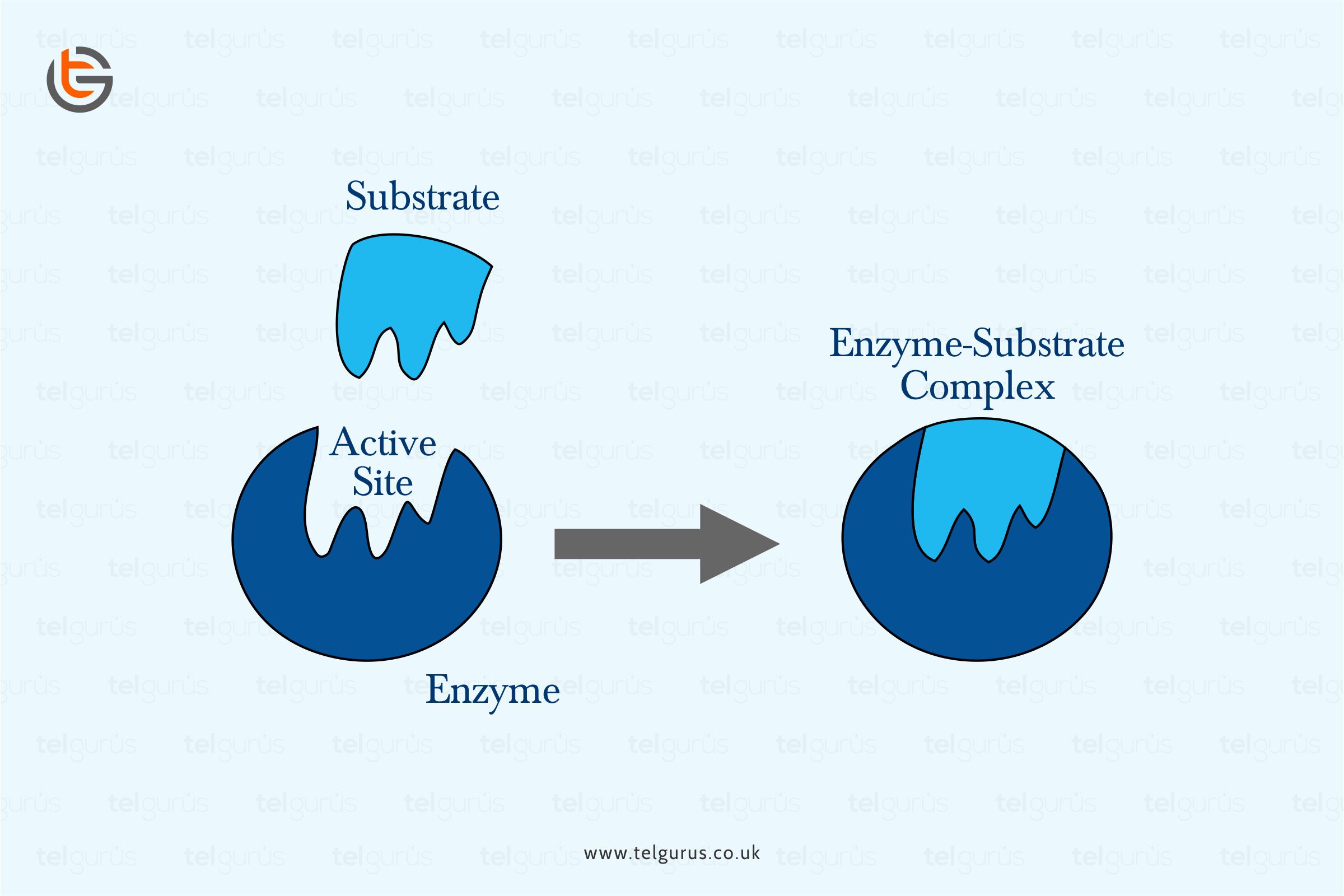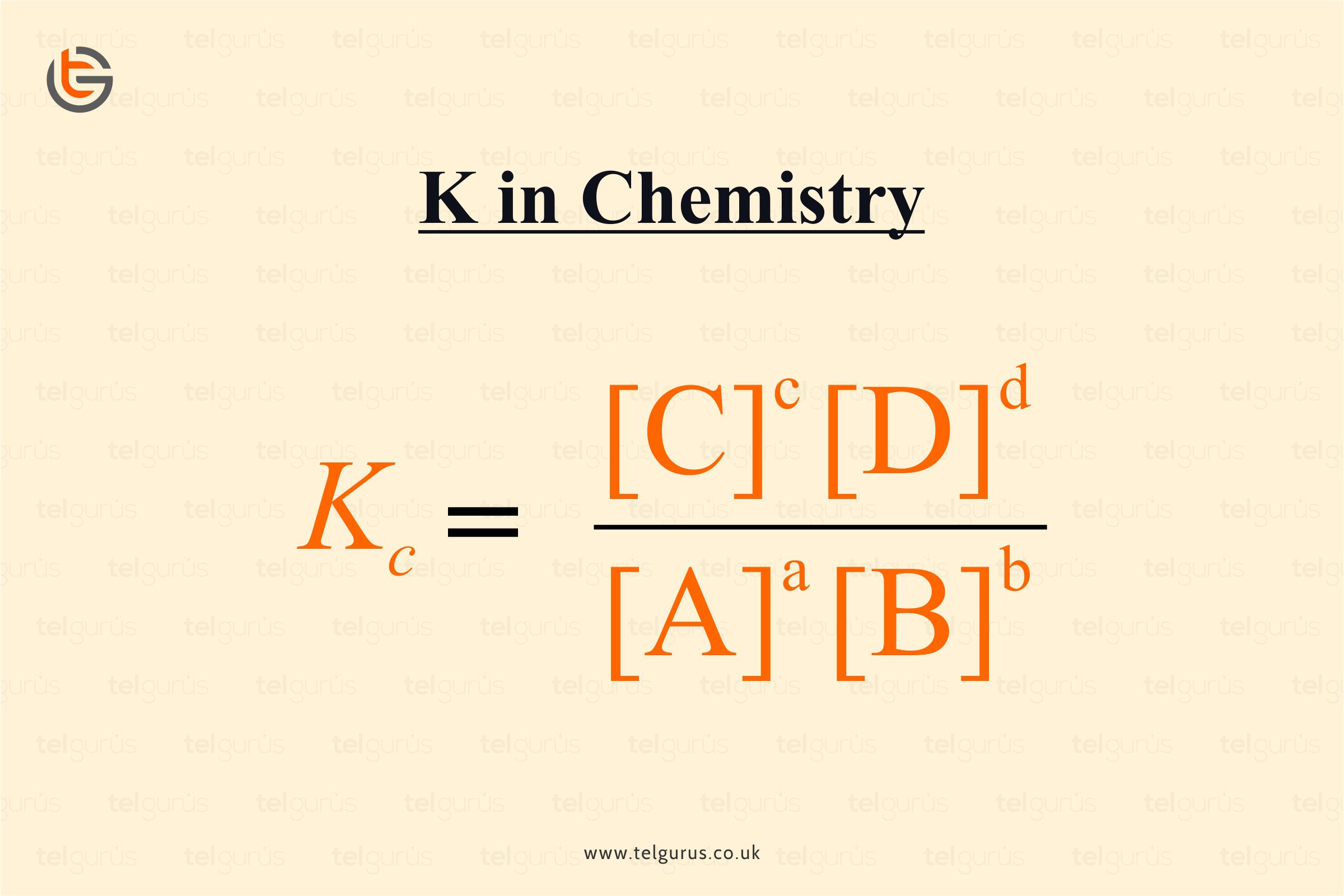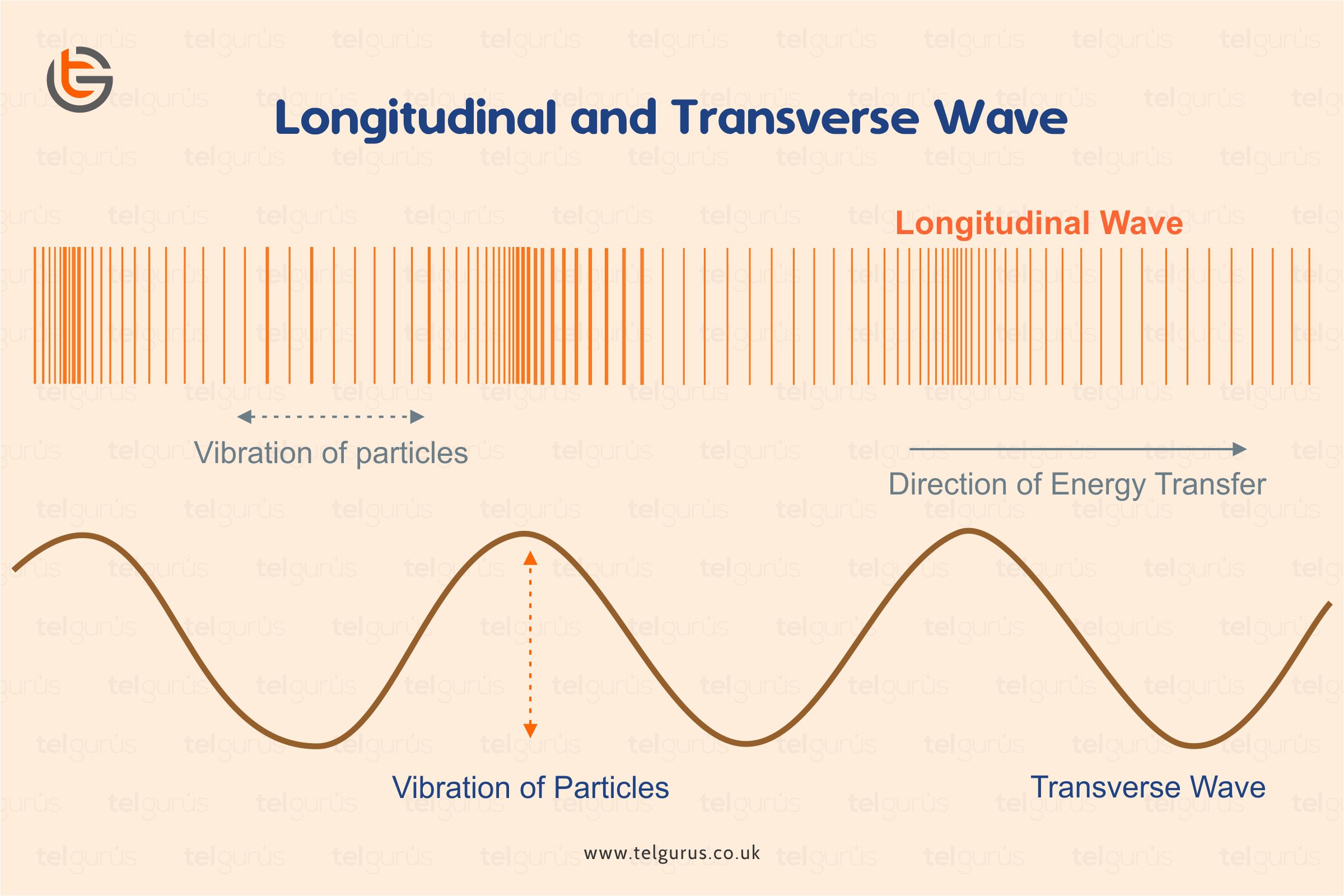Enrich your knowledge with our informative blogs
Explain the Lock and key mechanism in relation to enzymes.

What is Lock and key mechanism?
A lock and key mechanism refer to a model for enzyme-substrate interface, suggesting that the substrate and enzyme acquire specific complementary shapes that fit well into one another.
Enzymes are highly specific that must bind to a particular substrate prior to catalyzing a chemical reaction. Currently, there are basically two models that attempt to explain the enzyme specificity
- Lock and Key model
- Induced fit model
In the Lock and key mechanism, the enzyme-substrate interaction states that the substrate and enzymes possess certain complementary geometric shapes that fit exactly into one another. It is just like a key that we insert into the Lock where only a correctly shaped and sized key will fit well.
While coming to the induced fit model, the active site continues to modify until the substrate is entirely bound to the enzyme’s active site, and at that point, the final charge and shape are determined. This model basically states that the enzymes are flexible structures.
Book Your 60-minutes Free Trial class NOW!
How do the Lock and key mechanism work?
The Lock and key mechanism basically refer to a metaphor to explain the enzyme active site’s specificity and substrate.
It functions in the same way that only certain keys fit a particular lock, and also, only specific substrates fit an active site of the enzyme.
Each substrate is specific to a particularly active site, and whenever the correct substrate binds to the active site of the enzyme, an enzyme substrate is formed.
The enzyme then catalyzes the reaction and then an enzyme product complex is formed while releasing the product.
However, the enzyme can be reutilized again and again to catalyze more reactions.
Read More – Biology Questions
View More – Useful links for Your Child’s Development

Visualize the in-depth understanding of the natural world!
Biology would sound more interesting when your curiosity levels are satisfied with better visuals & logical explanations.
Categories
Recent Posts
- List of the qualities you should look for in your tutors?
- What is the most useful formulas in math?
- Describe the process of eating to defecation of food?
- Difference between the natural and artificial active response by the immunology system.
- Explain the different circle theorems
- How are nerve cells adapted to their function?










